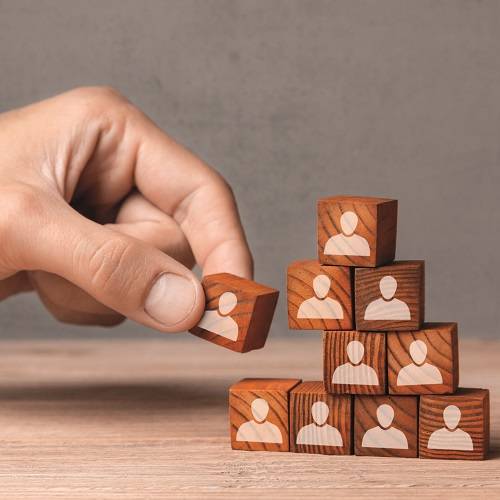What is capability decay?
Capability decay, more often known as skill fade, is the decline in capability over time through lack of use; a dripping tap that slowly drains value away from the organisation.
The half-life of a learned skill is five years; this means that we can expect to have forgotten at least half of a skill if not practised within a five-year period2. However, such decay happens rapidly and significantly; one comprehensive study found that such decay took place as soon as one day after non-use or non-practise and after a year that performance was reduced by almost a full standard deviation3. Research has indicated consistencies in the impact of capability decay:
- Overlearning, where training has gone beyond the basic proficiency requirements, is a key factor in the retention of skills and knowledge.4 Greater focus on the subject matter embeds capability to a much greater degree and reduces the rate of decay.5 This means that where there are high levels of learning and development, capabilities will not decay as fast.
- Closed and open-loop activities are distinguished by those with a fixed sequence (closed), such as working from a checklist or work instruction, and those where there are continuous and repeated responses without a clear start and finish (open), such as problem-solving. Capabilities associated with open-loop activities decay at a much slower rate than closed-loop activities.6 This means that workers in more entry-level and administrative roles are at a far greater risk of capability decay.
- Physical and mental abilities, different aspects of our physiology, decay at different rates. Physical capabilities, based on manual dexterity and muscle memory, such as manual labour, suffer slower decay than mental capabilities for tasks requiring cognitive dexterity, such as problem-solving.3
- Speed and accuracy are vital components of productivity. Capability decay is over three times higher on the accuracy in completing tasks than it is on the speed to complete a task.3 So whilst capability decay may not be obvious in the early days, its impact may not be felt for days or weeks.
 Why should we be concerned?
Why should we be concerned?
